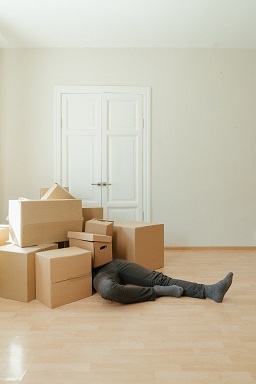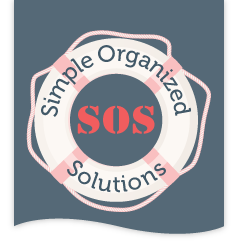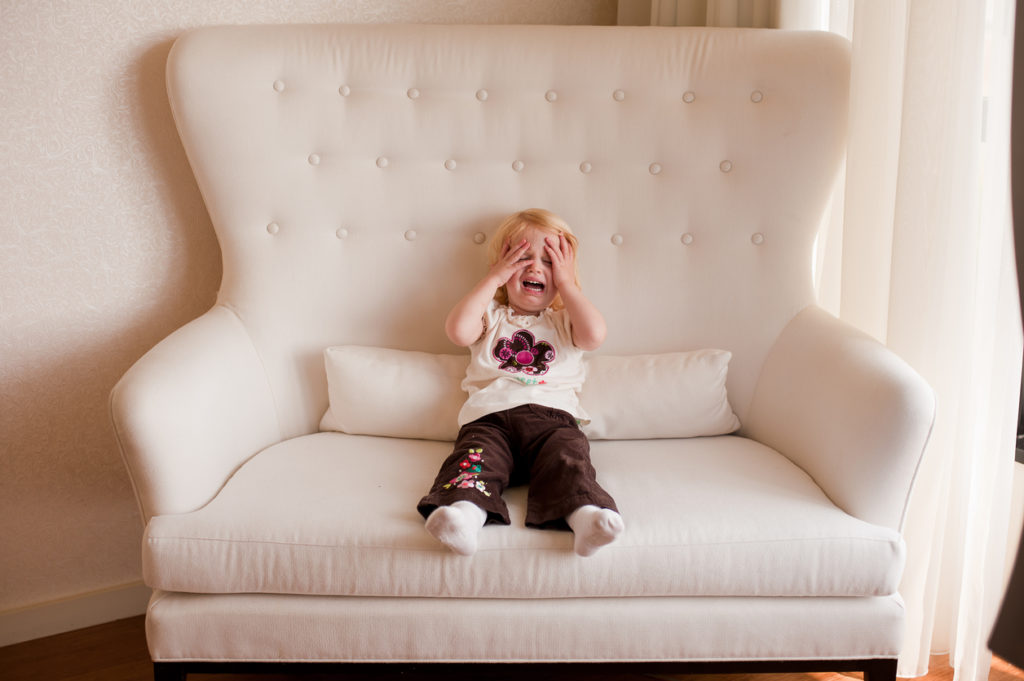 Cardboard boxes are great tools for temporary storage. Notice how I used the word ‘temporary’? They are not designed for long-term storage for obvious reasons. At some point over time, their stability comes into question due to the environment in which they live.
Cardboard boxes are great tools for temporary storage. Notice how I used the word ‘temporary’? They are not designed for long-term storage for obvious reasons. At some point over time, their stability comes into question due to the environment in which they live.
Cardboard boxes have other temporary uses as well. They work great for moving your things from one home to another, or when you are downsizing to take donations of home goods to a local charity.
Most don’t really like to buy cardboard boxes for the temporary uses as described above. That’s understandable, so when the need arises, they look around their homes for empty boxes. They usually have some lying around from a move, or from online purchases that have become increasingly popular lately due to the COVID-19 pandemic.
Most of the clients I work with have clutter in the form of cardboard boxes. When a box comes into their homes, they unpack the box and then instead of breaking it down to recycle, they think they will do it later and then later never comes.
Don’t get me wrong, it’s really ok to have a supply of cardboard boxes for the uses described above. However, when they keep arriving at your door and you don’t deal with them right away, before you realize it, they turn into clutter, piles upon piles of clutter that consume a lot of space.
In order to avoid the cardboard box clutter dilemma, it’s important to create a plan for the incoming boxes. This plan doesn’t have to be complex; a few simple points will suffice such as those listed below.
The Plan
- Break it down as soon as you unpack the box.
- Decide whether to keep the box for your supply, or if you have enough, then it can go right into your recycling bin.
- Find a suitable area in your home to store the pre-determined number of cardboard boxes. An outdoor space such as a garage or shed, is not suitable for storing cardboard which is actually tree fibers that will absorb moisture. A cool, dry space works best.


